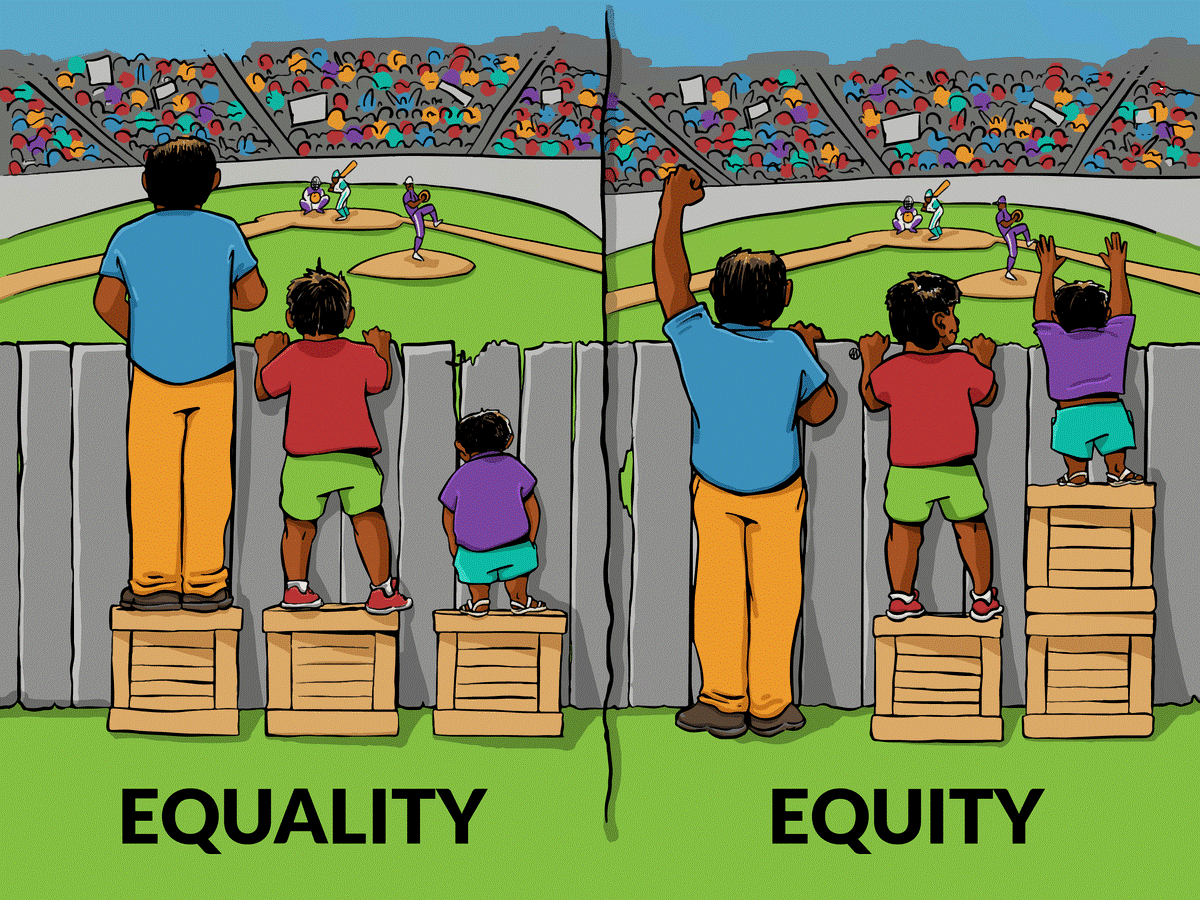Throughout my life, my relationship with food has changed drastically. I would try different meals, suddenly finding them delicious and adding them to my palette. I worked on an organic orchard for two summers, so my view on where food comes from and the painstaking hours it takes to procure was enhanced. Everyone has a relationship with food, but lately, the general population has found fast, quick meals to be ideal. My project for this class was investigating “slow food” and all it pertains to. Slow food is a movement that promotes traditional, homestyle cooking with everyone gathering down to enjoy a meal as a collective unit (family, friends, etc.). When I first started this project, I didn’t realize the implications of what slow food hopes to do, but as I read into it more, I was impressed. Slow food hopes to connect us to our food and make eating less of a task to check off a checklist. But what really is “eating”?
In his article, The Pleasures of Eating, Wendell Berry investigates how the notion of “eating” in our society has changed, as well as the decline of American farming and rural life. I feel like this article and the ideals portrayed in it really connect to my action project. Our goal as a group was to investigate how slow food wants people to focus more on familial customs, homecooked meals, and such. It roots its beliefs in preserving the culture behind cooking, seeing it as not just something to “feed your faces” (as my mother would say), but as a way of sharing the history of your people through the sensation of taste. The Pleasures of Eating share in this sentiment, as seen by the title. Berry states that, “The industrial eater no longer knows or imagines the connections between eating and the land, and is therefore passive and uncritical—in short, a victim” (Berry, 2009). This is the kind of thing the Slow Food Movement wants to change. You should know where your food comes from, which is why they promote farmer’s markets (so you can converse with your growers).
Other known benefits of slow food and embracing the culture of eating is that reduced mono-culture enhances the environment by promoting healthy soil and diffuses the reliance on factory farms.
I want to end this with a quote from the founder of Slow Food, Carlo Petrini:
“Slow food has the aim of defending our extraordinary food heritage, the expression of territories, and cultures alike” (Petrini, 2013).
References:
Berry, Wendell. (2009). The Pleasures of Eating, 11-15. Retrieved from file:///C:/Users/alexi/Downloads/Berry,%20Pleasures%20of%20Eating%20(1).pdf
Petrini, Carlo. (2013) Slow Food and Terra Madre, Video. Retrieved from https://www.youtube.com/watch?v=dqdzvQ2wpO0&t=162s

















